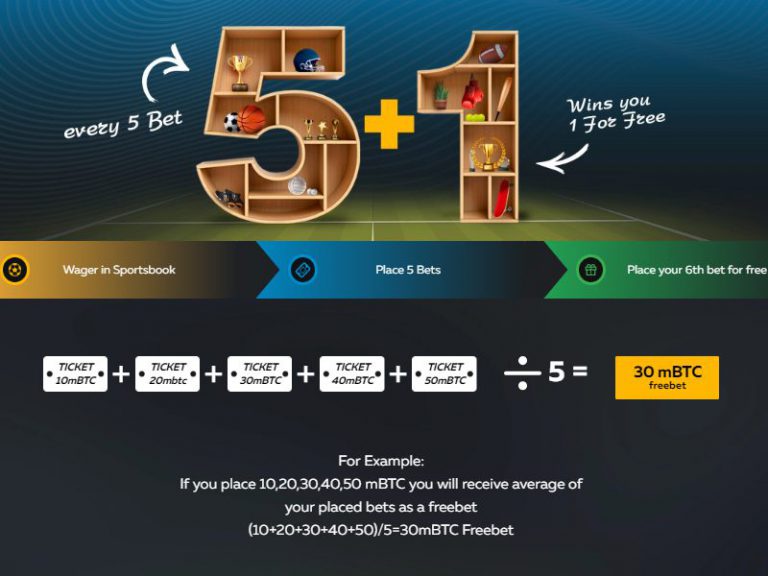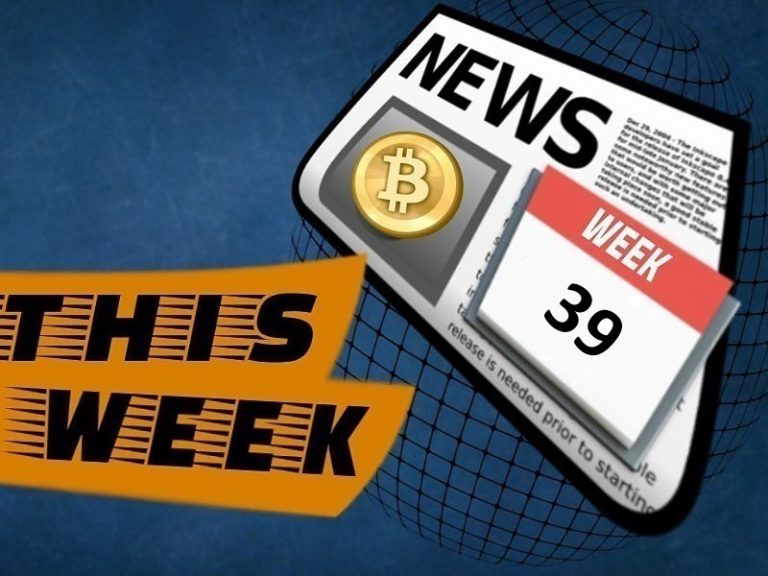Is a price increase on the horizon? In this article we explore what The Halvening is and how it can impact cryptocurrency prices both now and in the future.
[toc]
What is The Bitcoin Halvening?
The Halvening is a word coined by the crypto community to refer to the programmatic halving of block rewards, which is the rewards miners collect from adding blocks to the chain. It’s a deflationary process to extend issuance pioneered by bitcoin, and it’s one of the cornerstones of many cryptocurrencies today.
In one year’s time, the third bitcoin halving will take place. As the process directly impacts only those mining the cryptocurrency, you may not have noticed when the first or second halving happened, but what it means is pretty important for the future of bitcoin.
How does this halving work?
Bitcoin miners process all the transactions carried out using the cryptocurrency by adding a block to the blockchain and therefore issuing new coins. This block contains the transactions that they have verified to be accurate. For every one added, miners are rewarded for their efforts.
In a process designed by Satoshi, halving reduces the reward given miners by 50% at intervals of 210,000 blocks, or approximately once every four years. This is in accordance with the law of supply and demand, so that inflation can be kept under control.
As explained by the man himself, Satoshi states, “The fact that new coins are produced means the money supply increases by a planned amount, but this does not necessarily result in inflation. If the supply of money increases at the same rate that the number of people using it increases, prices remain stable. If it does not increase as fast as demand, there will be deflation and early holders of money will see its value increase. Coins have to get initially distributed somehow, and a constant rate seems like the best formula.”
To reach sustainable growth and protect bitcoin from deflation, Satoshi set up specific dates for halving to occur.
When did the last bitcoin halvings take place?
Following the creation of bitcoin in 2009, the reward for mining a block on the blockchain was set at 50 BTC. The first bitcoin halvening happened on the 28th November 2012, and saw the reward halved to 25 BTC. Following this, the bitcoin price rose to $1,000.

The second halving happened on the 9th July 2016, with 12.5 BTC becoming the new mining reward. Whilst the price didn’t change immediately after this process, it did peak in 2017 – soaring to an all-time high of almost $20,000.
How will the third halving impact the price of bitcoin?
Today, the price of bitcoin is nearing $10,000 after nearly a year of hovering at an average of $5,000 following the January 2018 crash. The next halvening is set for May 2020, and if the past is anything to go by, another price increase could be on the cards next year.
But before you get too excited, it’s important to remember that halving is not the only factor that affects price. In fact, it’s the demand for bitcoin – how many people are using it or trading it – that plays the bigger part.
For instance, if there is no demand for bitcoin, the price may decrease whether the third halving happens or not. If, however, supply shrinks while demand stays the same, or even increases, then halving may have a stronger influence on the price and perceived value of the coin.
And that’s what we can expect to happen in 2020, if the bitcoin trends we are seeing now continue. Only last week Forbes reported on the ‘intensified’ demand for bitcoin after the volume traded on BitMEX, ‘the most widely utilized crypto margin trading platform in the global market’, ‘surpassed $11 billion’.
Should this number, and the overall demand for bitcoin, continue to increase – the third bitcoin halvening could spark another explosive price rally. Only 10 months to go. (Not that anyone’s counting, right?)
Litecoin halving and Ethereum thirdening
Bitcoin isn’t the only coin to go through a halving process, with Litecoin – a bitcoin fork – following the same protocol. Created in 2011, it is often called “the silver to bitcoin’s gold” due to the fact it is more affordable to mine and transact, and has a hard capped supply of 84 million coins – 4x the amount of bitcoin.
The supply of these coins follows a schedule of distribution just like that set out by Satoshi, with the next halving for Litecoin set to happen in just over 1 month’s time, in August this year. Experts are predicting that this will boost the price of the cryptocurrency from around $115 to $200, as demand for alternative currencies outside of government control continues to soar.
Ethereum, the second largest cryptocurrency in the world, also underwent a thirdening earlier this year, cutting the reward for mining its token from 3 ETH to 2 ETH. Whilst slowing down the supply of coins may help reduce the effects of inflation, as was probably hoped by the Ethereum core development team who implemented the thirdening, its impact wasn’t comparable to that of a bitcoin or litecoin halving, as ethereum has no hard cap.
Or at least it doesn’t, for now. The unlimited supply of ETH coins has led to questions being raised about the currency’s sustainability, with the lack of scarcity contributing to concerns over its long-term value.
In light of this, Ethereum co-founder Vitalik Buterin has urged the community to think about his hard cap proposal (EIP) – published in April last year. Whilst no action has been taken yet, it’s definitely something to keep your eye on, as any change to the supply could heavily influence its overall value.
How can halving influence the future price of coins?
Whilst the short term price increases following a halving are definitely desirable, what’s more important is what the entire process means for crypto prices in the future.
As we explained earlier, halving was embedded into the protocol for both Bitcoin and Litecoin so that the currencies could remain stable over time. It protects against inflation as the supply is controlled until the final coin is created, ensuring that the cryptocurrencies appreciate in value in the long term.
Once halving stops, and the limit of coins is reached, miners will be the first affected. Their rewards will disappear, so they will have to rely entirely on transaction fees to maintain and fund their operations. This may lead to a spike in fees, or perhaps miners will leave the network – which would negatively impact security.
However, it is thought that the increase in demand for the finite supply of coins will mean that the price increase in BTC or LTC will be so significant that fees will be enough to incentivise miners to continue verifying transactions, keeping the networks alive and everyone using them happy. Or so we hope. Right now this debate is entirely theoretical, so it’s anyone’s guess – but it’s something that shouldn’t be ignored.





